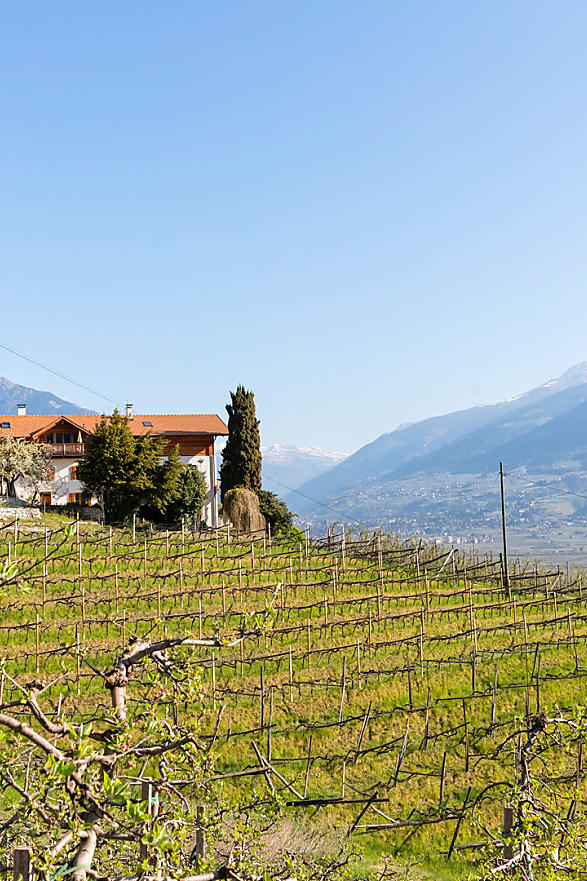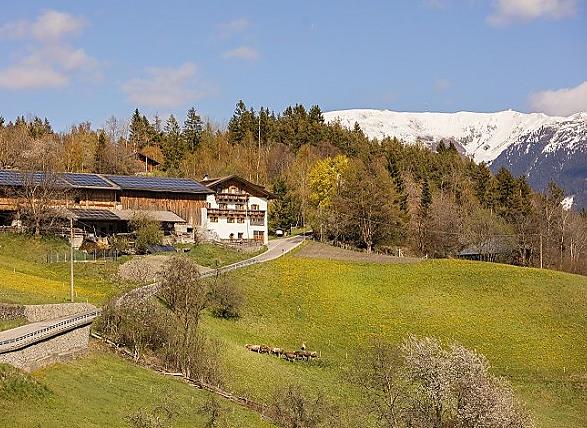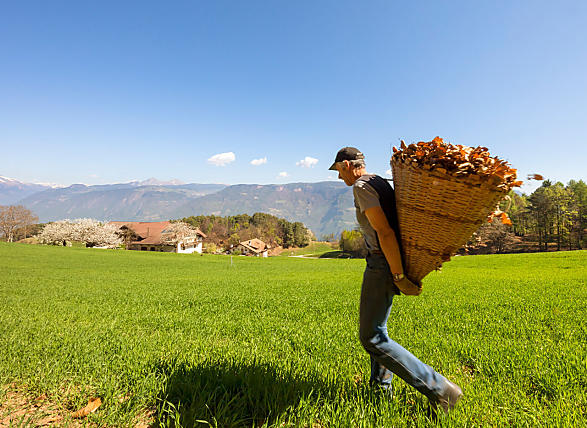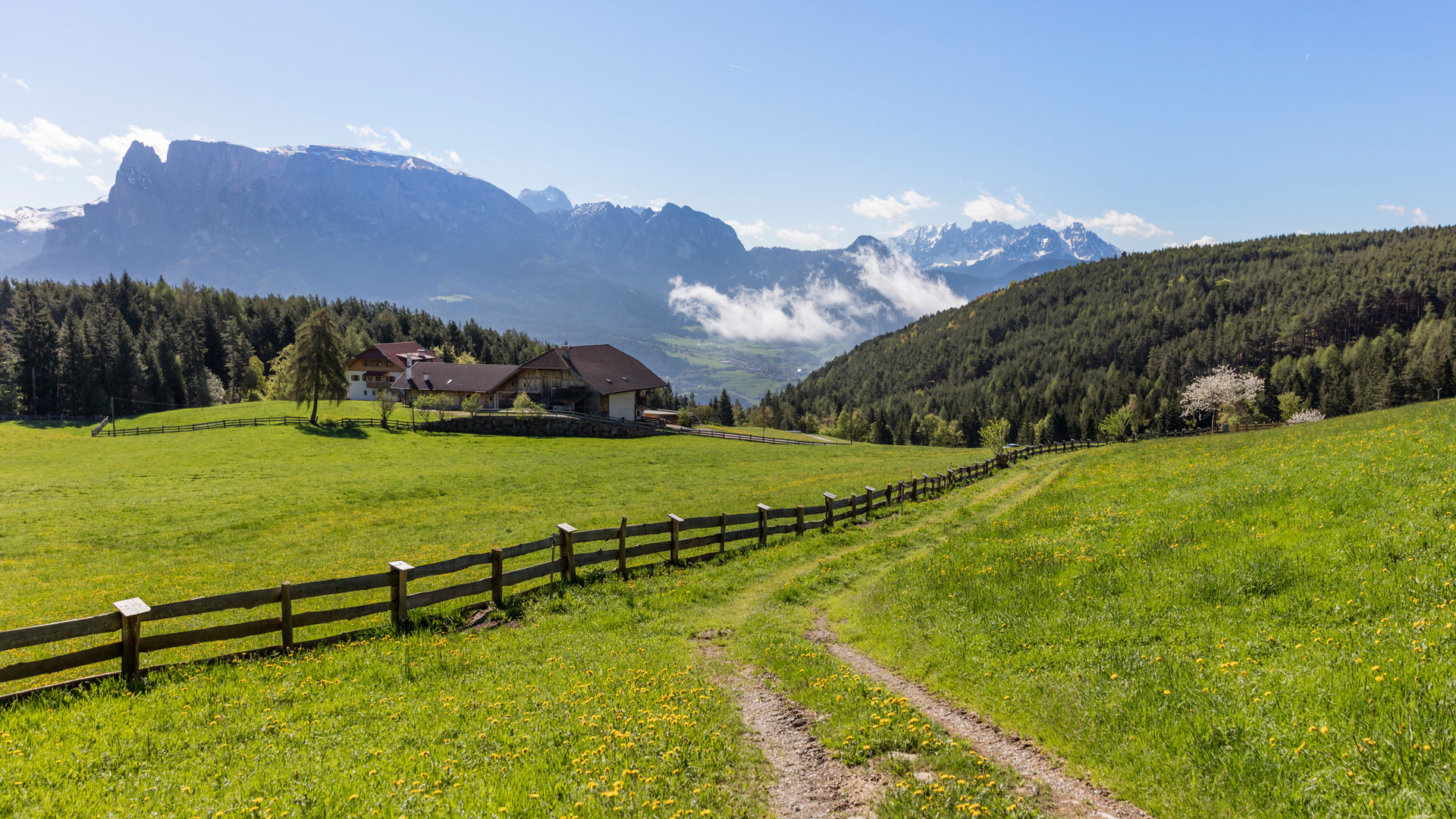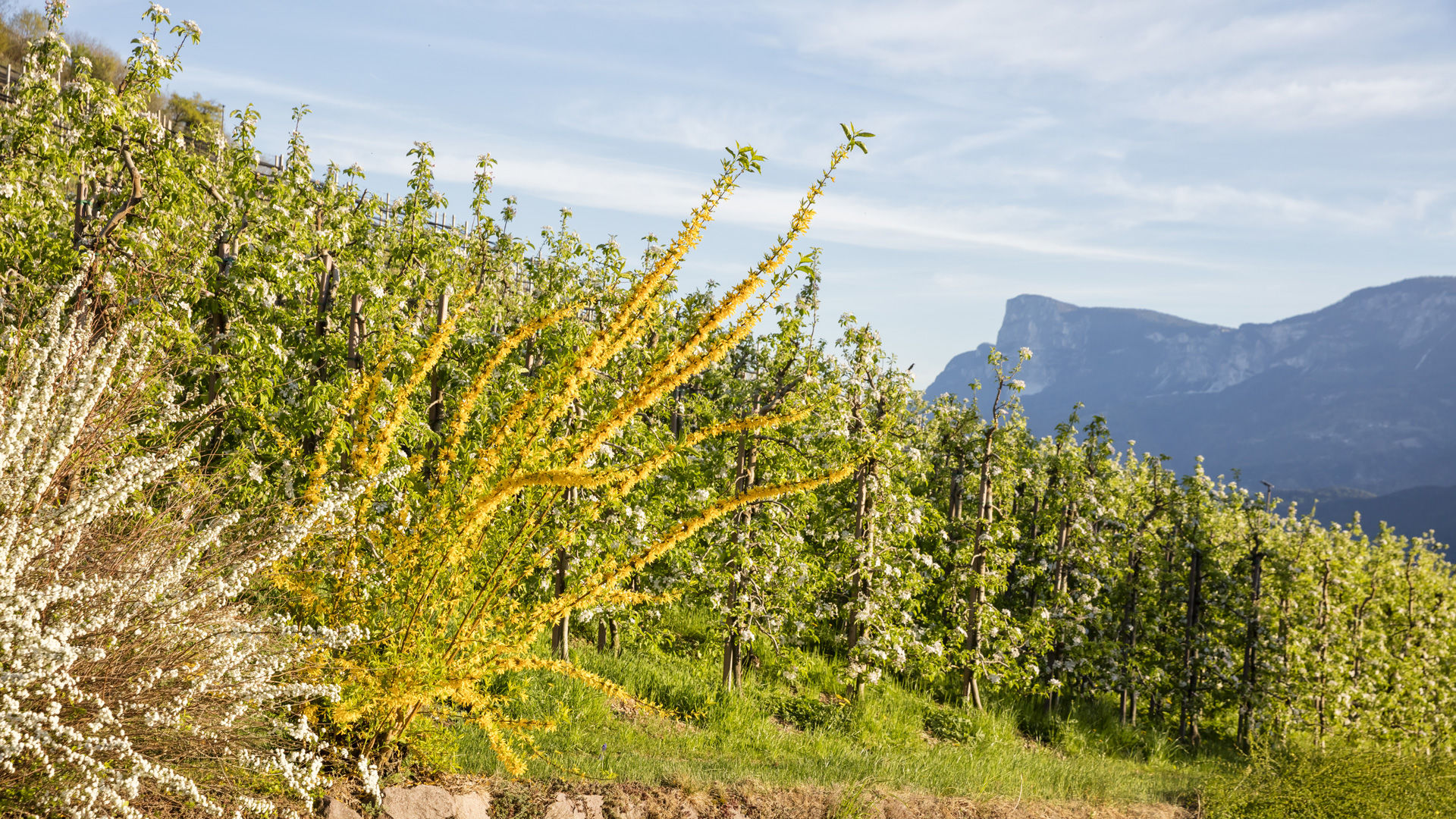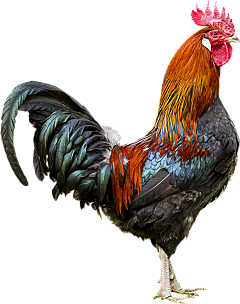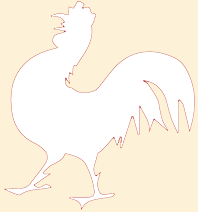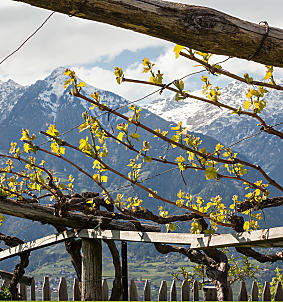
The farm in March
Spring's awakening sees the start of a busy time on South Tyrol's farms.
Spring's awakening sees the start of a busy time on South Tyrol's farms. In spring, there is pruning, planting and tending work to do.
Don’t farmers have anything to do in winter? Of course they do. But the real work on the meadows and fields begins in spring, when the snow melts and the first flowers peep through. This leads to fruit, wine and livestock farmers going about their various different tasks. With one common goal: making preparations to ensure a good year's harvest.
Work on a fruit farm
Everything gets going in May? Not exactly. If fruit farmers want a good harvest, they have to busy themselves earlier. The right time to begin is the end of March when big changes need to be made. Old apple trees have to be replaced with new ones approximately every 20 years. This is because older trees don't produce so many apples and apple quality decreases year by year. In the case of the Gala variety, for example, the fruit gets paler and loses its strong red colour with every harvest year.
Likewise, whole orchards have to be maintained or replaced when necessary. Support columns, tree wire, hail nets and irrigation systems are knocked back into shape. Irrigation systems have to be working perfectly by springtime so that farmers are prepared for the first frosty nights. As soon as the apple trees start to blossom, they have to be protected so that their delicate buds don't freeze in the cold.
As soon as temperatures rise, the hail nets are opened up. These nets don't only protect trees against rainshowers, but are really effective against pests. If the apple trees are carefully covered by their fine-mesh nets, cockchafers and shield bugs don't stand a chance at getting to them. Trees have to be protected against fungal diseases as well as bugs, meaning that conventional or organic pesticides now have to be put into use.
In spring, the buds on the trees are deliberately thinned out so that not too many apples fight for space on the trees. This allows the surviving buds to grow into large, crunchy apples. In May, the first cuttings are made and the grass between the rows of trees is cut during so-called mulching. Now there's nothing to stand in the way of a good harvest.
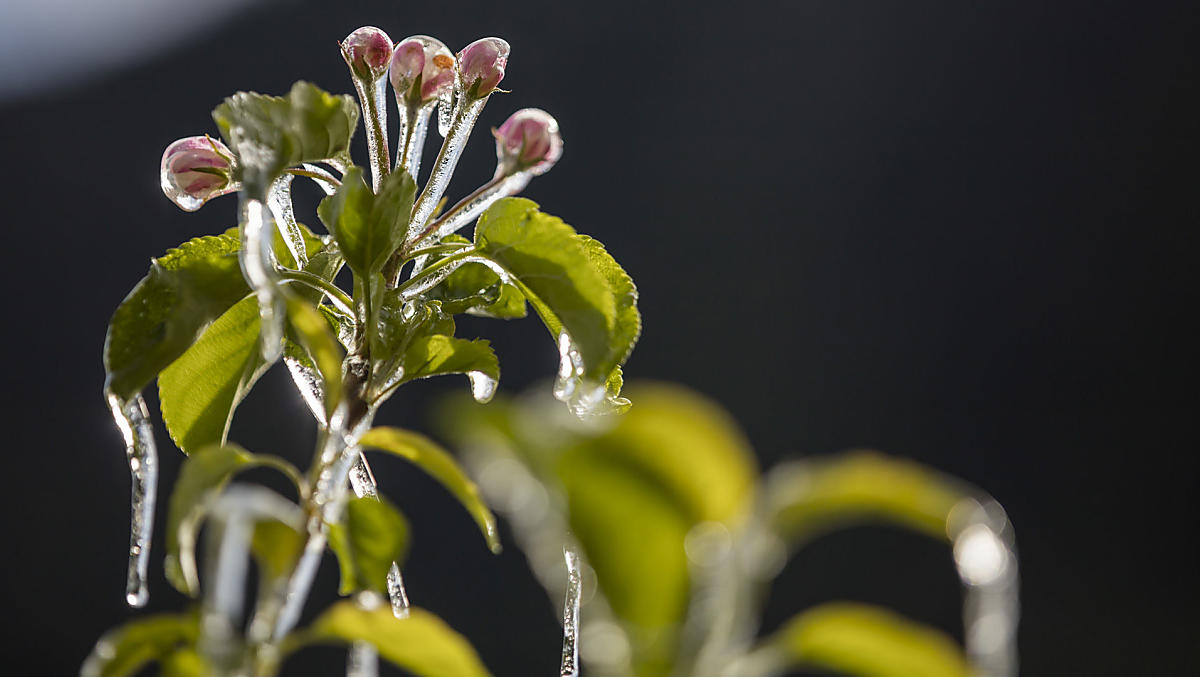
Work on a wine farm
As soon as vineyards wake up from their winter sleep, the vines start to 'bleed'. Sap leaks out at the points that were pruned in the cold months. Wine farmers recognise this as a sign to begin their work. The first thing to do in spring is bend the fruit rods and tie them to binding wire. This promotes uniform growth of the shoots and means that they get enough light and warmth.
Shoots emerging from the vine close to the ground are removed and shoots on the fruit rod are cut back so that there are just 6 to 8 shoots left out of about an original 15. The remaining shoots are distributed evenly on the fruit rod, as this is where grapes will grow later on. This careful work of thinning-out is called 'Schabigen' in South Tyrol. Healthy soil is absolutely essential for wine farming, and vines like loose, airy and nutritient-rich earth. Farmers see to this during soil preparation in April.
If necessary, whole vineyards are replaced in spring. As vines have quite long lives, they generally only need replacing every 40 to 50 years. The right time for planting young vines is usually in May, as they need a high soil temperature. Wine farmers use drip irrigation, as vines have particuarly deep roots and don't need much water.
At the end of May, the vines finally start to blossom. Vine blossoms are not only inconspicuous, but also very small. After blossoming, nature does the rest. Vines need sun and rain at just the right times to ensure a good harvest.
Work on a livestock farm
As soon as the earth thaws, farmers get on their tractors to work in the fields. First, the ground is levelled out, which sometimes involves flattening molehills. In meadows bordering woodland, farmers sometimes have to do work by hand and use rakes to remove stones, brushwood and pine cones. Only when grazing meadows are properly tended and cleared, can the juicy grass that is cut later in the year grow.
Spring is also the right time to spread manure. Animal dung is put to good use when spread over meadows as fertiliser. This is best done on rainy days so that the nutrients can penetrate the soil well. Then irrigation systems are set up and pipes tested. Fences on the edge of woodland are checked to see if they need repairing so that cattle can be let out onto the meadow on warm spring days.
In springtime, animals are got into shape for summer. Cows need their claws and udders tended to, while sheep have their much-needed shearing. As the day for taking the animals up to the mountain pasture draws near, the animals are tagged so that farmers can instantly recognise them again. This is on top of the usual work that farmers have providing for their livestock on a daily basis all year round.
